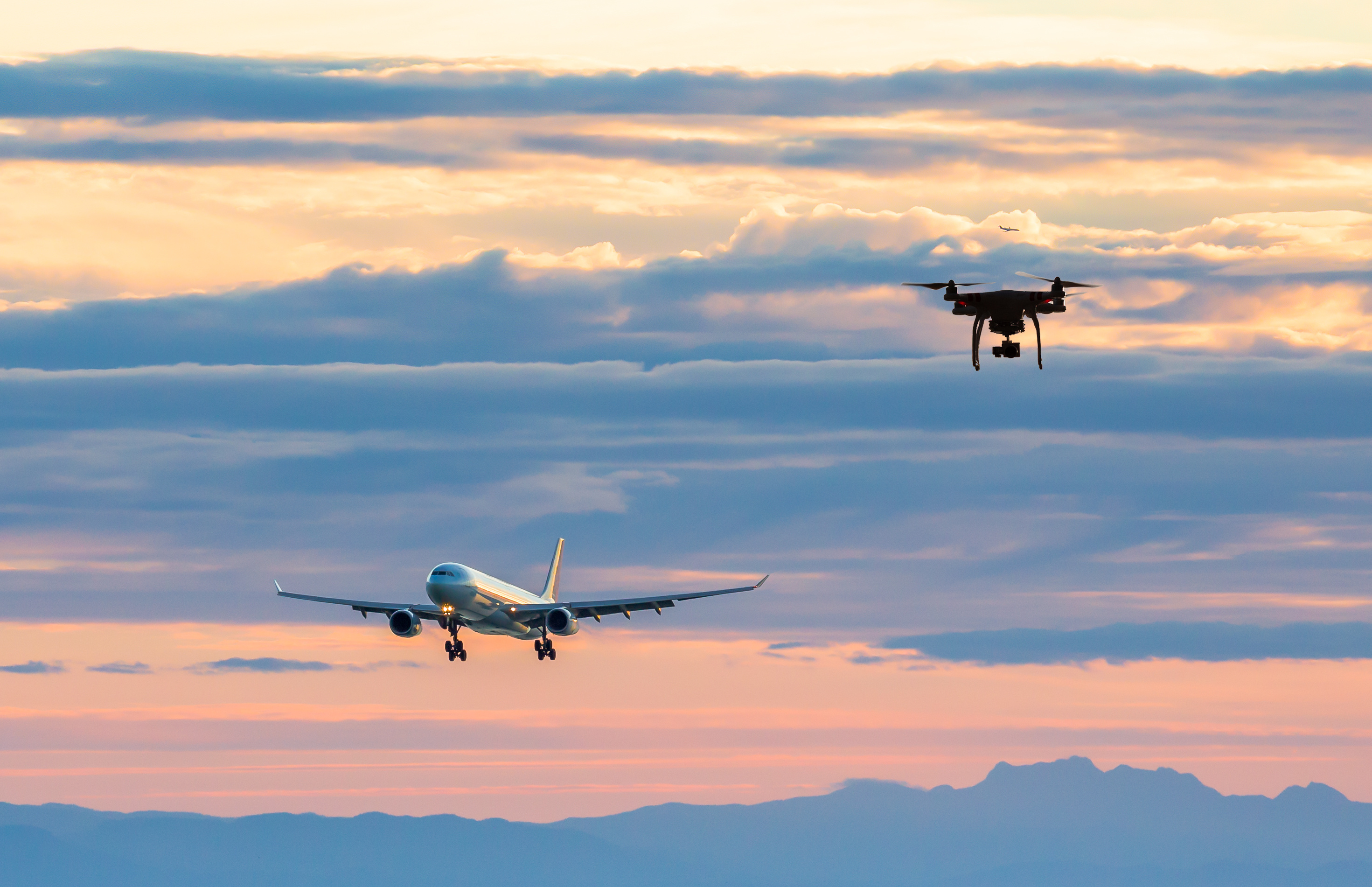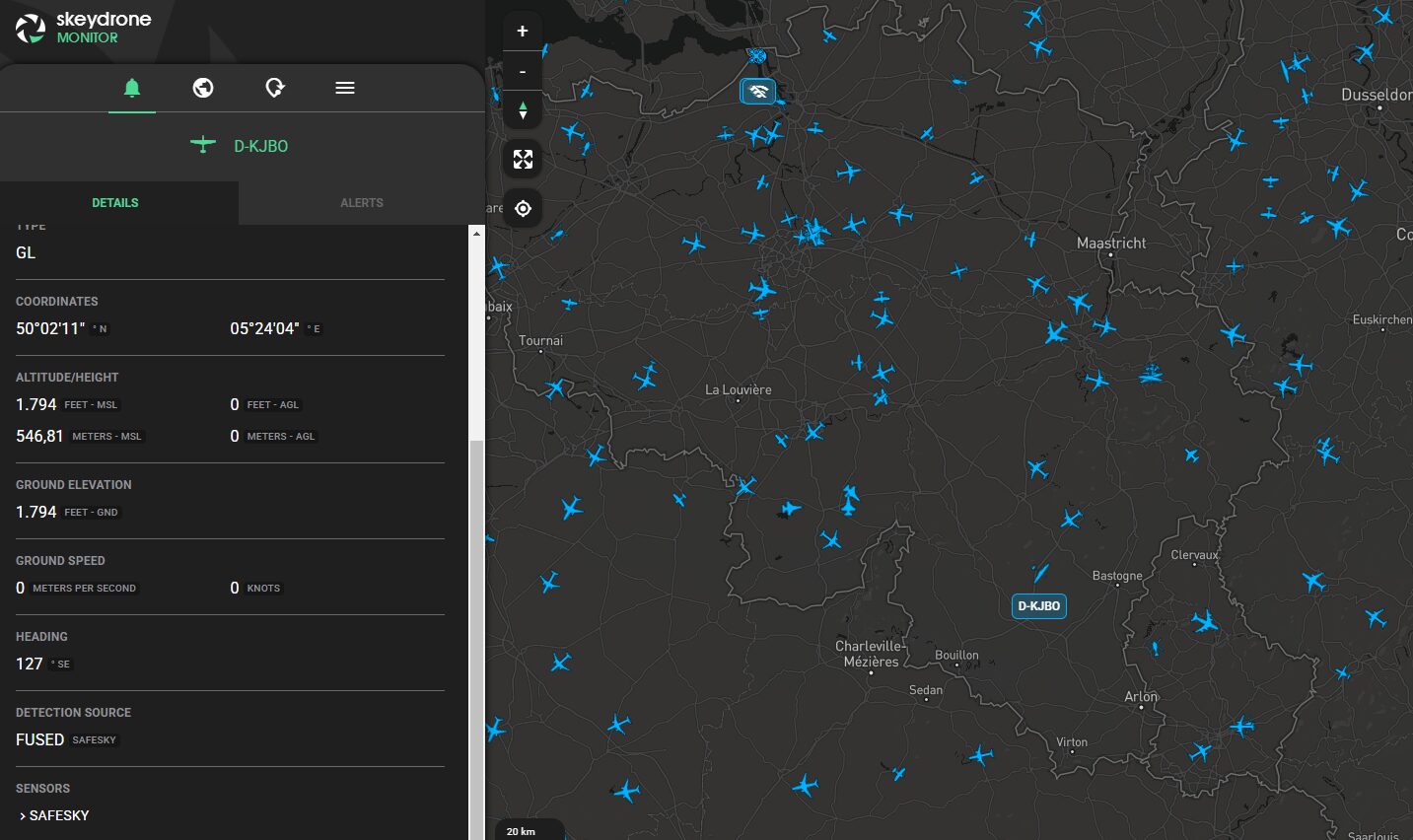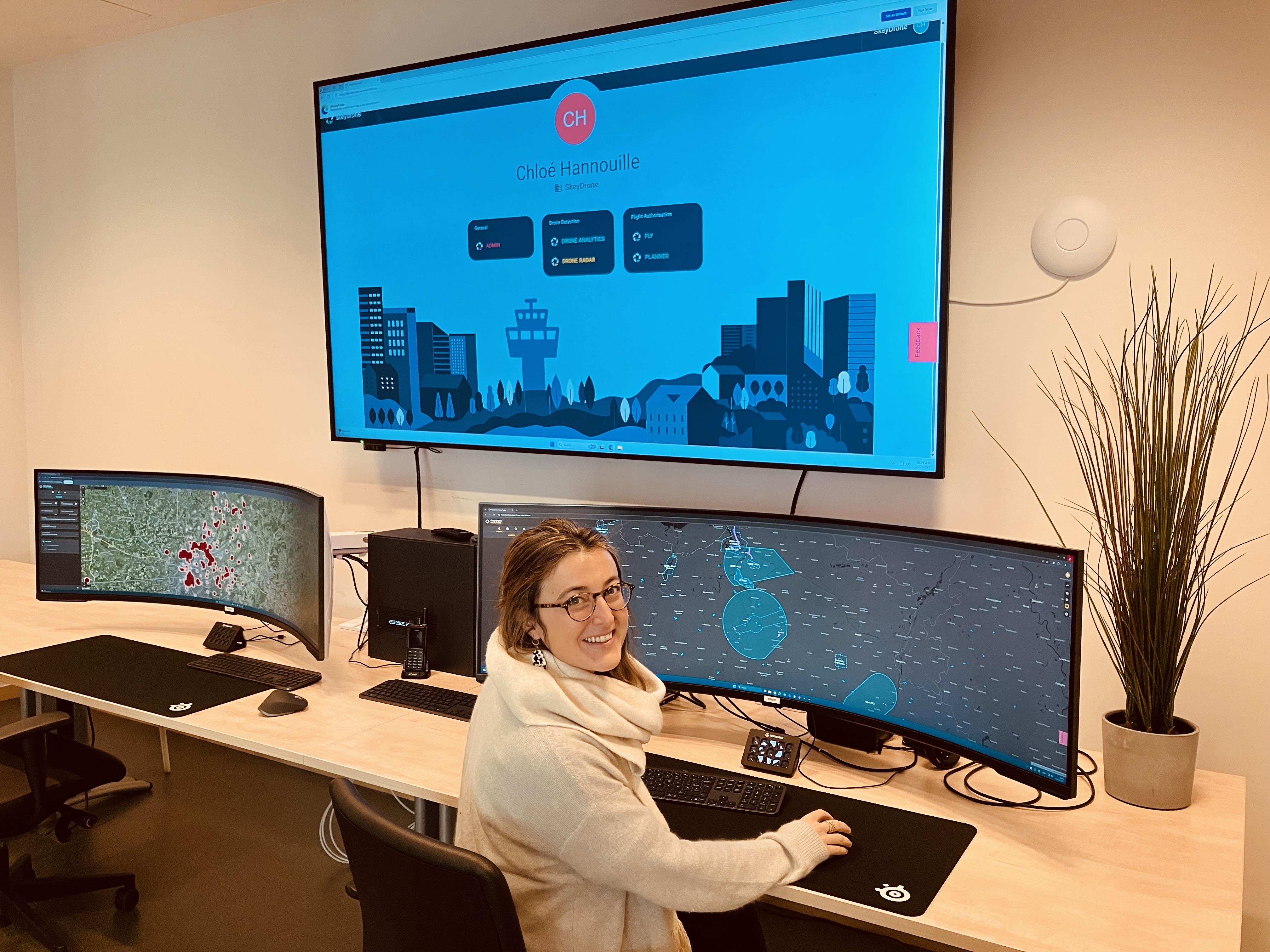Belgium, France, Germany, Italy, Spain, Sweden and the UK will host a series of large-scale live demonstrations on urban air mobility, as part of CORUS-XUAM – a freshly launched project within the framework of the SESAR Joint Undertaking (SESAR JU) and Horizon Europe 2020 programme.
The discussion surrounding the future of logistics and transportation comes with an important question: How can more people and packages move in and around cities – through point-to-point flights, by-passing ground congestion and with shorter journey times, while meeting the goal of decarbonising cities?
Enabled by recent advances in technology, urban air mobility or UAM may offer a smart and sustainable mobility solution. UAM is also an important issue for U-space, the European Commission’s initiative for safe and secure integration of drones and other autonomous aircraft into our airspace.
Hence the vision for UAM includes new vehicle designs and supporting system technologies. In addition, UAM requires development of airspace management constructs, operational procedures and shared services to advance transport services that are safe, quiet, convenient and even more efficient and ecologically sustainable than what we have in our present ground-based options.
This is certainly a long list of objectives and albeit challenging to achieve. All those invested in making UAM a reality understand that it is a journey that requires the timely integration of many moving parts with respects to operation complexity and volume as well as U-space infrastructure, technology and traffic management capabilities.
As a result, CORUS-XUAM – a very large demonstration (VLD) project – has been set up to gather research expertise and know-how of air traffic management (ATM), unmanned aircraft systems (UAS) and UAM. Managed by SESAR JU and funded within the framework of Horizon Europe 2020, this two-year project will define and test the required U-space services, capabilities and solutions needed for UAM to operate safely and efficiently. CORUS-XUAM will highlight the importance of U-space solutions for integrated operations requiring mutual traffic situational awareness.
Through campaigns planned and executed in seven European countries, CORUS-XUAM will demonstrate integrated operations of both manned and unmanned aircraft employing advanced U-space services such as digital data exchange in urban, suburban and inter-city scenarios, as well as in and near airspaces and airports under Air Traffic Management (ATM). The project will also explore ways to facilitate a proper interface with ATM/ANS (air navigation services), with a particular focus on airport operations.
This project commenced on 12 January 2021 with a meeting attended by more than 70 experts and representatives of the SESAR Joint Undertaking.
CORUS-XUAM will first focus on consolidating the U-space concept of operations and creating reference demo scenarios with advanced U-space services to enable UAM operations. A project demonstration or validation plan will be developed to capitalise on the challenging demonstration campaigns that will be carried out in participating countries. These demonstrations will showcase a mix of manned and unmanned operations in challenging environments, such as in the vicinity of airports and other critical infrastructures such as ports, as well as very low-level (VLL) operations in urban, sub-urban and inter-urban areas.
A project advisory board with a broad range of stakeholders as well as a larger U-space community network will be set up to help the consortium consolidate the proposed U-space services and relevant concept of operations. Preparatory work and flight trials will be performed throughout 2021 and 2022. The insights and recommendations will be consolidated in a final report on early U-space solutions for UAM deployment in late 2022 , and are also expected to inform regulatory authorities too.
CORUS-XUAM consists of nineteen partners and eleven related third parties, coordinated by EUROCONTROL and composed of Groupe Aéroports de Paris, AOPA UK, ASLOGIC, DFS, DLR, Droniq GmbH, DSNA, ENAIRE, ENAV, HEMAV, INDRA, LFV Group, NATS, Pipistrel VS, SkeyDrone, Unifly nv, Universitat Politècnica de Catalunya, Volocopter, M3 Systems, Ehang Holding GmbH, Hologarde, CRIDA, D-FLIGHT, NAIS, DTA, IBG, Linköping University, Citymesh, SABCA.




